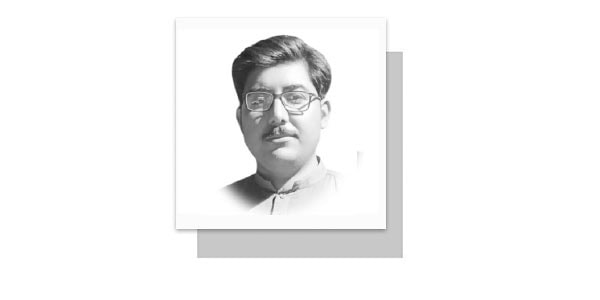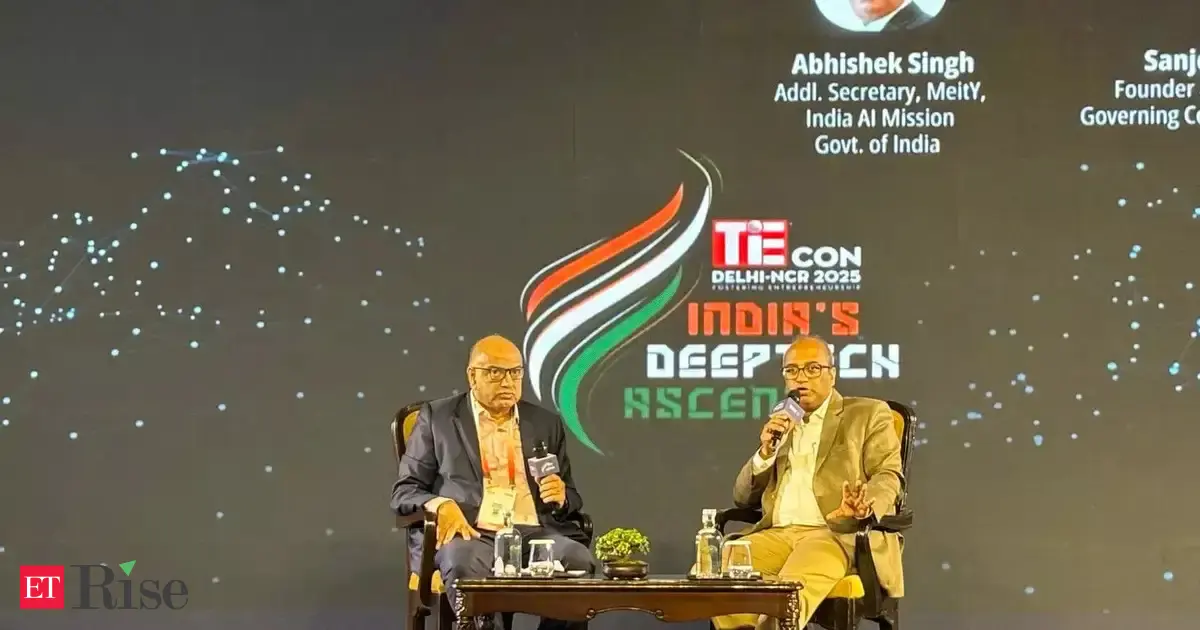Copyright pakobserver

WITH 64% of the population under the age of 30, Pakistan is experiencing a pronounced youth bulge, a demographic phenomenon that, if harnessed effectively, could fuel decades of economic growth. However, if left unaddressed, this same bulge could spiral into social unrest, economic stagnation and political instability. The stakes are high and the urgency is palpable. Unemployment rate stands at 7.8%, according to the country’s first-ever digital census. This translates to approximately 18.7 million unemployed individuals out of a total population of 241.5 million. Among the working-age population, the unemployment rate is even higher, reaching 11% of the 171.7 million individuals considered economically active. According to the 2025-26 budget, Pakistan’s overall unemployment rate is 6.3%, but this figure masks the deeper crisis affecting the youth aged 15 to 35. Within this demographic, unemployment is significantly higher, with one-third of Pakistani youth currently out of work. The youth unemployment rate for those aged 15-24 stood at 9.86% at the end of 2024, up from 9.71% in 2023. These figures, while troubling, only scratch the surface. The headline unemployment rate fails to account for the millions of young Pakistanis who are neither in education, employment nor training (NEET). This group includes those who have stopped seeking work altogether, are engaged in unpaid or informal labor or are trapped in low-productivity family enterprises. The labor force participation rate among women is particularly low, one of the lowest in the region, further exacerbating the NEET problem and sidelining half of the country’s potential workforce. The result is a generation of underemployed youth, brimming with aspirations but starved of opportunities. Structural unemployment, where the skills of the labor force do not align with the evolving needs of the economy, has become increasingly prevalent. Pakistan’s education system, plagued by poor quality and outdated curricula, fails to equip students with market-relevant skills. Vocational training is limited and the inclination of educated youth toward public sector jobs, which are scarce and highly competitive, only compounds the problem. As technology advances and the economy shifts, the inability of the labor force to adapt has led to widespread obsolescence among unskilled and semi-skilled workers. The economic backdrop further intensifies the crisis. Pakistan’s unemployment rate rose to 8% in 2025, with the total labor force projected at 85.18 million and an estimated 6.81 million people unemployed. The employment rate hovers around 52.20%, indicating that nearly half of the working-age population is either unemployed or underemployed. Inflation, foreign exchange crisis, effects of the 2022 and more recent 2025 floods have devastated small businesses and local job markets. The World Bank’s Post-Disaster Needs Assessment highlighted billions of dollars in damage and a relapse of millions into poverty. In the absence of timely designed policy interventions, such shocks risk turning otherwise employable youth into long-term economic casualties. The implications of youth unemployment extend beyond economics. Marginalized youth are more susceptible to poverty, forced migration and recruitment into criminal or extremist networks. The psychological toll, manifesting in hopelessness and despair is profound and corrosive. The consequences of rising unemployment in Pakistan extend far beyond economic stagnation; they strike at the very fabric of society and exposing vulnerable populations to exploitation. In underdeveloped regions, young people are trafficked into bonded labor, coerced into begging or forced into the sex trade. The coal mines of Balochistan have become grim symbols of this exploitation, where labor ers perish due to absence of basic safety equipment. These tragedies, though occasionally reported in the media, reflect a deeper systemic failure to protect the youth from predatory forces. The lack of employment also fuels a surge in street crimes, as young men, pressured by societal expectations and family responsibilities, resort to snatching valuables at gunpoint. The psychological toll of unemployment and frustration can push the youth towards violence. In some madrassahs and on social media, disenfranchised youth are lured by the promise of respect and power, often symbolized by the possession of weapons. Such radicalization is not merely a security threat; it is a symptom of a society failing to offer its youth meaningful alternatives. Women, too, bear the brunt of this crisis. As unemployment and inflation converge, domestic tensions rise and women become targets of displaced aggression. In cramped living conditions, unemployed men vent their frustration through violence, while working women face layoffs that strip them of both financial independence and the protective buffer of workplace safety. The erosion of female employment not only deepens gender inequality but also weakens the broader economy by sidelining half of the potential workforce. To reverse this trajectory, Pakistan must adopt a multi-pronged strategy. Pakistan’s youthful population, if empowered with the right tools, can become a formidable engine of growth. This requires a comprehensive overhaul of the education and vocational training systems to align with market demands. Investment in digital literacy can open new avenues for employment. Policies must also address gender disparities in labor force participation, ensuring that women are not left behind in the economic narrative. Moreover, the government must foster an enabling environment for private sector growth, particularly in industries with high employment potential such as technology, agriculture and manufacturing. Public-private partnerships can play a pivotal role in bridging the skills gap and creating job opportunities. Social protection programs targeting NEET youth, especially in disaster-prone and economically vulnerable regions, are essential to prevent long-term disenfranchisement. — The writer is an educator, based in Sindh. (channaassadullah320@gmail.com)



